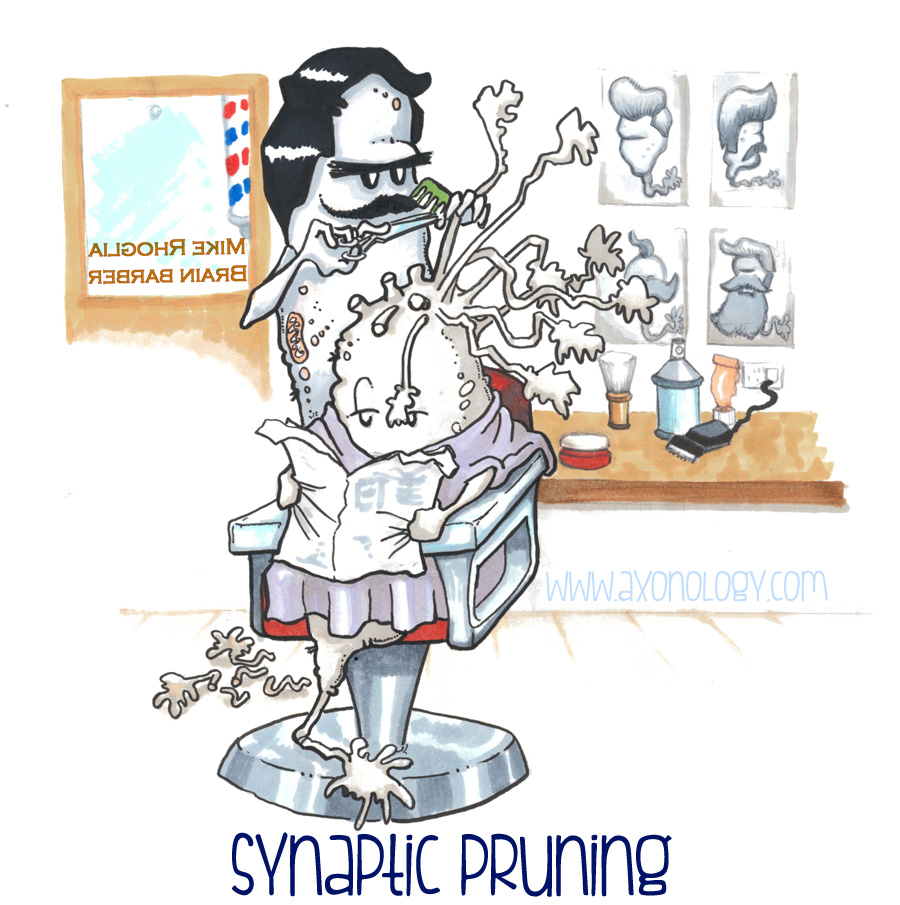Melanophages are macrophages that patrol your skin acting as an important line of defence from pathogens and particles that can enter the body through cuts and scrapes. Their name comes from their appetite for melanosomes, small droplets of melanin, the skin pigment produced by melanocytes. When skin is tattooed, the ink pigments are a rainbow-coloured […]
Category: cell
Bonecruncher!
We think of bones as being the most stable part of the body that may still lie somewhere thousands of years from now, exciting future archaeologists. Despite their durability, bones are shaped throughout life and not only during growth or after injury. Changes in the load placed on them, as muscles get stronger or weaker, […]
The average red blood cell, known as an erythrocyte, rushes round your circulation for an average of 120 days. Over this time it gradually gets damaged, some of this is due to external shear forces from squeezing through capillaries or being blasted along arteries. Most of it is actually internal; carrying oxygen is a hazardous […]
As is well known to all fans of salad dressing, oil and water don’t like to mix. This creates a problem for the body when it needs to transport fats and oils (collectively called lipids) and the many hormones and vitamins that are fat-soluble. They need to be wrapped up with specialised proteins to create […]
Just breathe
You breathe over 10,000 litres of air a day (that’s 2200 gallons for my American friends or any time travellers from 1900) even when you don’t run for the bus or climb 10 flights of stairs. With each lungful you also inhale countless microscopic particles of dust, viruses, pollen, chemicals, spores. Some of these are […]
Macrophage – Rage or Sage
Since starting Drawing Blood I’ve been very aware of neglecting the white half of our circulating cells. Unlike red blood cells, it’s not as simple as different shapes and expressions, white blood cells (leucocytes) are incredibly complex with new features still being discovered. Macrophages are a good example. They are commonly defined as ‘large cells […]
Synapses are the connections between nerve cells and the number and density of them is linked to how networks form in brain. Microglia are cells that patrol the brain to remove debris and foreign objects such as pathogens. They also modify neuronal networks by nibbling away synaptic contacts, hence the term ‘synaptic pruning’. This isn’t […]






